We've all been there, staring at that box of leftover pizza in the fridge, knowing we're about to commit the cardinal sin of microwaving it into rubbery submission. But here's the thing, you don't have to settle for soggy, disappointing reheated pizza anymore. Comprehensive testing of six different methods shows that some techniques can actually bring your slice back to life, and research shows that the winning technique takes just minutes using equipment you already have.
The secret isn't complicated, but it does ask you to ditch a few bad habits. Thin-crust New York slice, thick-crust deep dish, last night's delivery with extra pepperoni, it all plays. There's a repeatable method that delivers a crisp bottom and gooey cheese every time, and four professional chefs unanimously agree on exactly which one it is.
Why most reheating methods fail you
Let's talk about the elephant in the kitchen, your microwave. It's fast, it's easy, and someone probably swore that a mug of water next to your slice would save the day. Spoiler, it won't. Specific testing revealed that microwaving pizza with a mug of water produces tough, overly chewy crust and heats unevenly, so one bite scalds while the next is still lukewarm. The water trick might keep it from turning to cardboard, but it won't get you anywhere near that fresh-from-the-oven snap and stretch.
Toaster ovens feel like a sensible middle lane. They can be fine. Direct comparison testing shows that preheating to 350°F produces evenly heated pizza with decent results, the crust lands somewhere between crisp and soft. Not a disaster, not thrilling. The real issue is that most methods only solve half the puzzle. They crisp the bottom or melt the cheese, rarely both.
Here's the part most people miss, reheating pizza isn't just about making it hot. It's about recreating the conditions that made it great in the first place. Fresh pizza gets a blast of heat on the bottom while steam from melting cheese keeps the top tender. Ignore that one-two punch and your results hover between meh and why did I even bother?
The skillet method that chefs swear by
Here's where it gets fun. Four professional chefs unanimously agree on one method that can actually make pizza taste better than the first time, the covered skillet technique. Simple idea, smart science, it tackles bottom crisping and cheese melting at the same time.
Pull your cold slice from the fridge. Quick jump-start, you can speed up the process by microwaving for 15-30 seconds to take the chill off. You are not reheating it here, just getting it closer to room temp so the pan can do the real work.
Heat a large nonstick skillet over medium until water droplets dance on the surface. That visual cue matters, the pan is hot enough to crisp without scorching before the cheese softens. Lay the slices in and let them go uncovered for 2-3 minutes, you want a gentle sizzle.
Now the move that makes it sing, add roughly 8 drops of water to the pan, not on the pizza, slap on a lid, and steam for another 2 minutes. This technique keeps toppings from drying out while the crust re-crisps without becoming tough. End result, a crisp base and melted, stretchy cheese that feels fresh from the oven, sometimes better.
When to choose alternative methods
The skillet wins for balance, crisp plus melt. But some situations call for a different tool. Craving max crunch, minimal fuss, try the air fryer. Testing shows that preheating to 350°F and air frying for 2-4 minutes gives you a super-crispy crust, with pepperoni that cups and crisps at the edges. It can taste like a remix of your original slice.
The tradeoff, that intense airflow can dry tips a bit, and basket size caps how many slices you can fit. For one or two pieces, though, it is tough to beat.
If you have the gear and a few extra minutes, the pizza stone is the closest to a pizzeria vibe at home. Preheating a pizza stone to 475°F and heating slices for 2-4 minutes yields crisp bottoms and evenly warmed toppings. You pay with a 15-20 minute preheat, which is why it shines when you are reheating several slices at once.
Feeding a crowd, fire up the grill. Using medium-high heat and heavy-duty foil produces evenly reheated pizza with a crisp bottom and stretchy cheese. Big surface, more slices, easy win.
Getting the timing and temperature just right
Success comes from knowing how your slice behaves as the crust crisps and the cheese melts. Thicker crust pizzas and those with more toppings need longer heating times, there is simply more mass to warm through. Thin crust, on the other hand, can go from perfect to burnt fast.
Toppings also matter. Classic cheese, pepperoni, and meat-heavy pizzas with thicker crusts reheat beautifully because their structure holds up while the moisture plays nicely with steam. Delicate greens or fresh herbs, not so much. Pull those off before heating and add them back afterward.
Temperature control is the quiet hero here. Day-old, refrigerated pizza has already lost some moisture, which actually helps. You're not fighting sogginess, you're rebuilding the balance of crisp and chew. Medium heat plus a little patience beats blasting it on high every time.
Why this actually works better than you'd expect
Great reheating is about recreating conditions, not just pushing heat. The covered skillet method works because water vapor prevents toppings from drying out while direct contact with a hot pan crisps the base. That mirrors a pizza oven, intense bottom heat meeting steam from melting cheese, just scaled to your stovetop.
Here's the twist that surprises people, some reheating methods can actually improve the original crust texture because leftover slices start slightly dehydrated. Apply the right combo of contact heat and brief steam, and you get better crisping without the sogginess fresh pizza risks.
The real insight, precision beats power. Cranking the heat shatters the balance between crust and cheese. The covered skillet nails both needs at once, so your slice eats like it should, sometimes better than it did the night you ordered it.
Master this and you won't settle for mediocre leftovers again. Next time you open that box in the fridge, you'll know exactly how to bring that slice back to life.
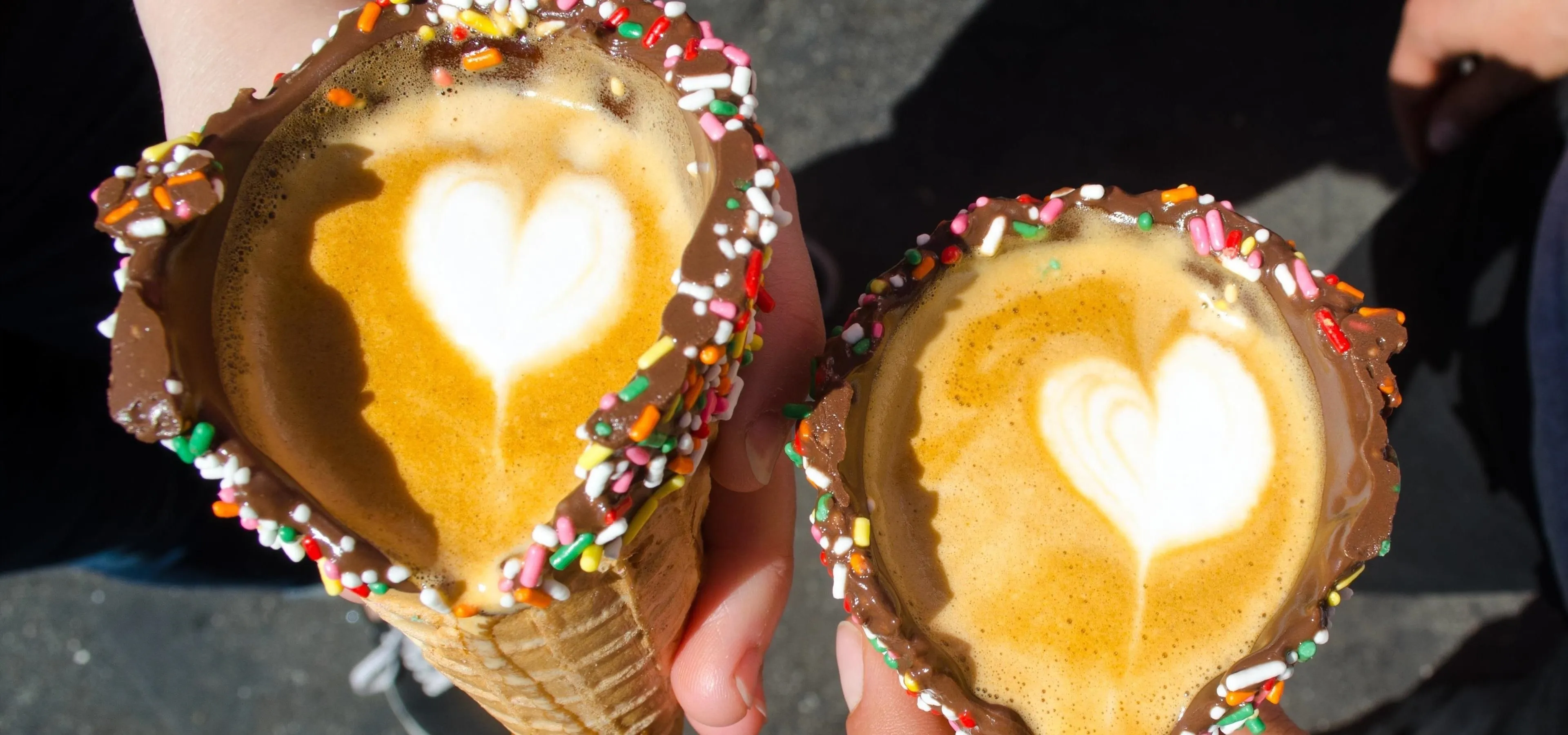



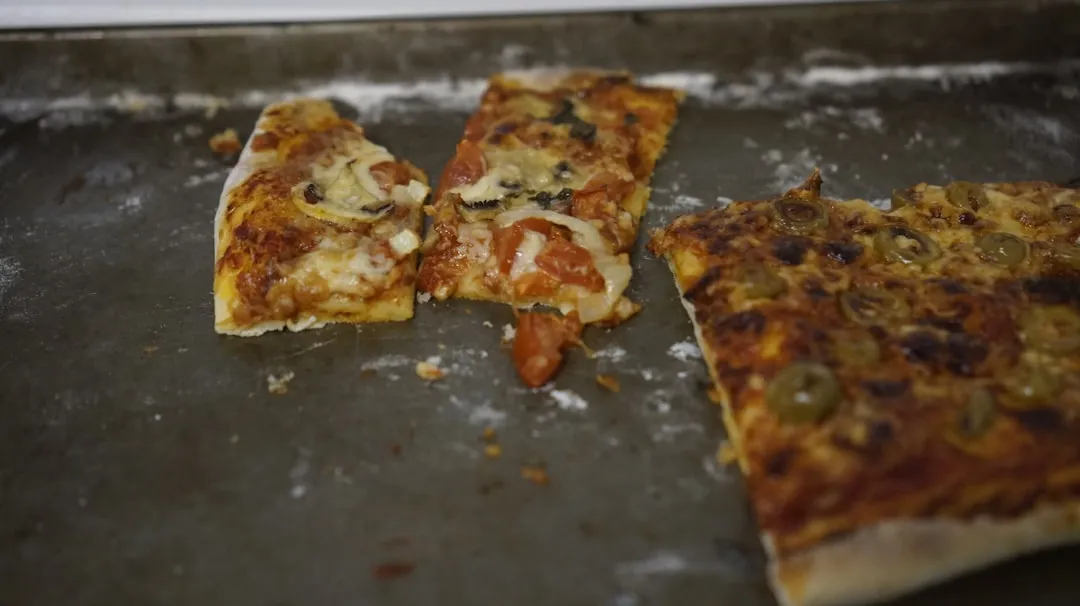
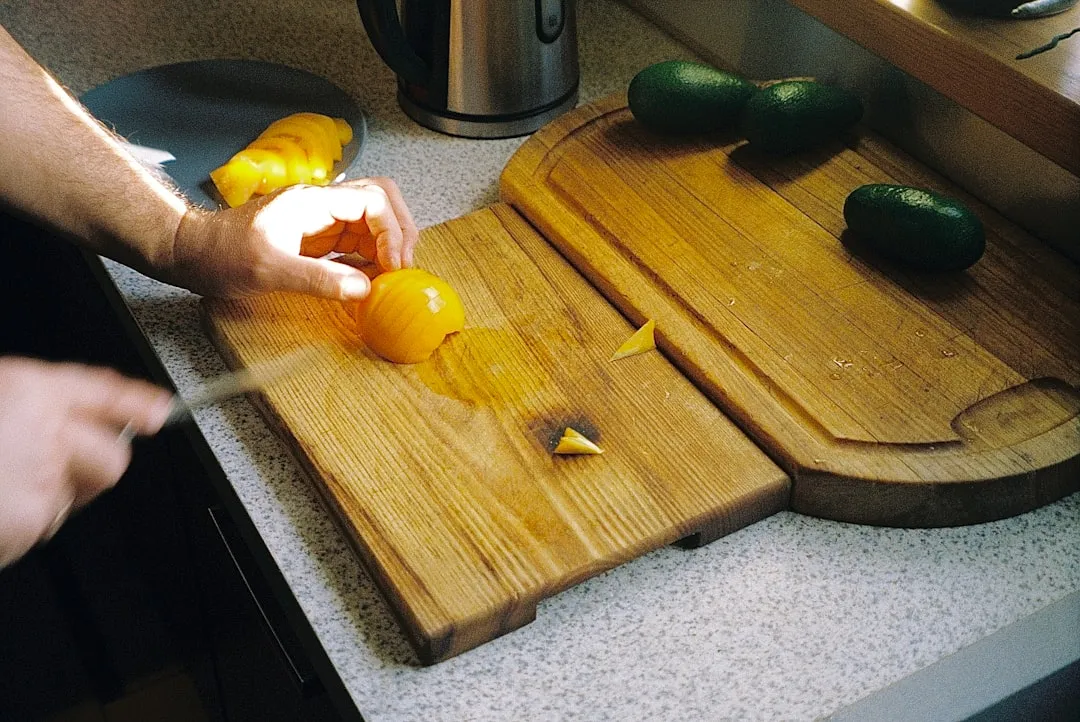
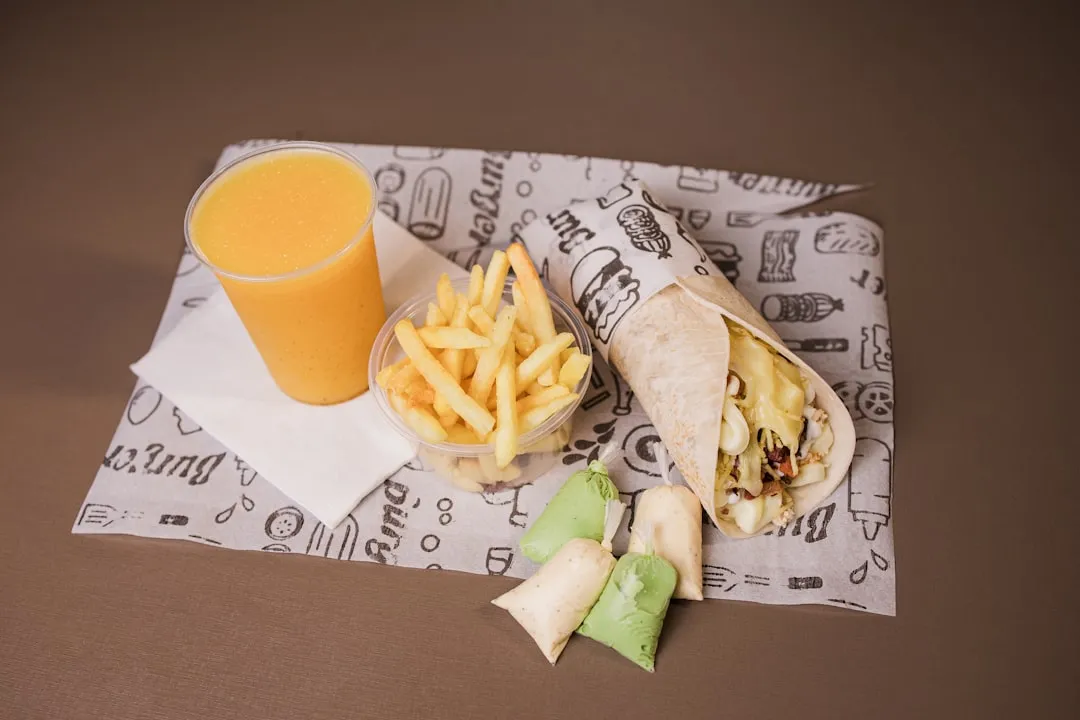
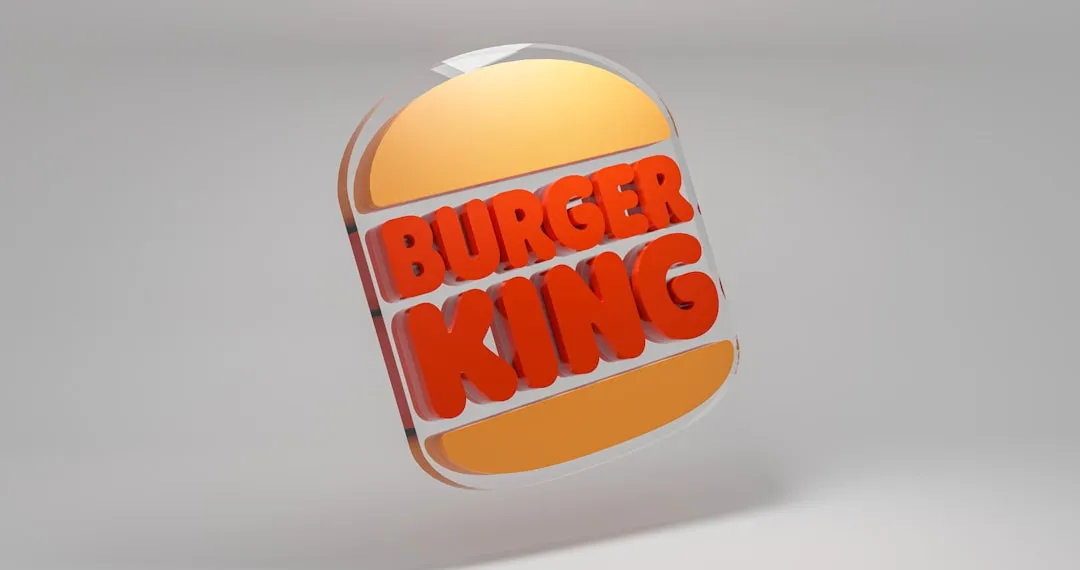
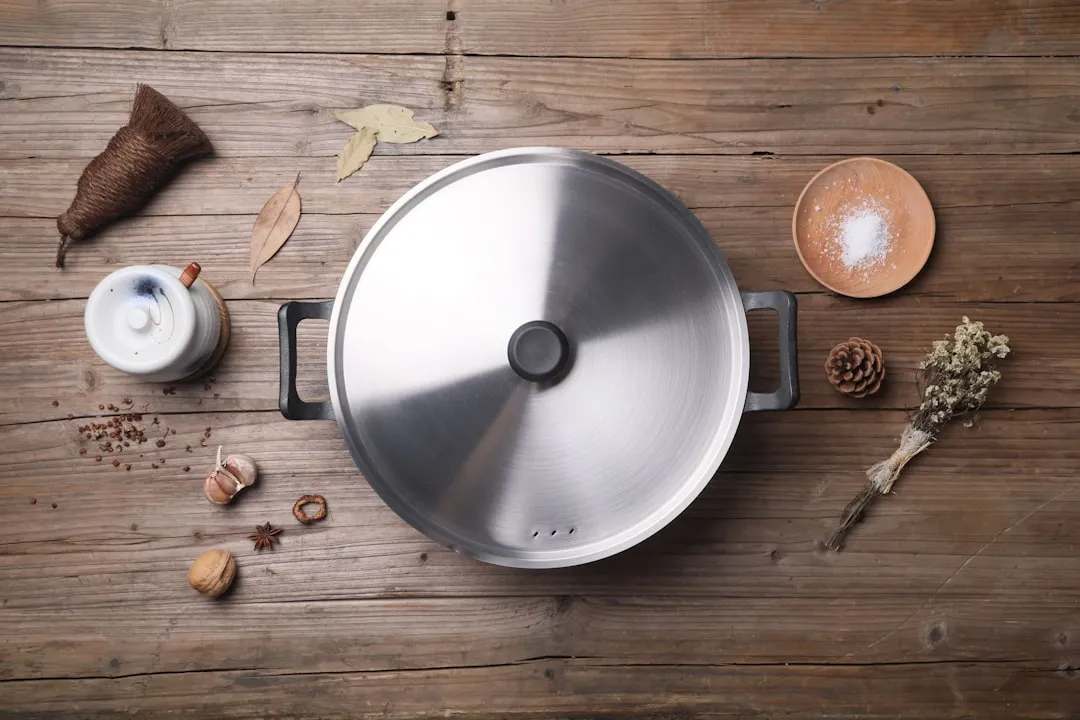
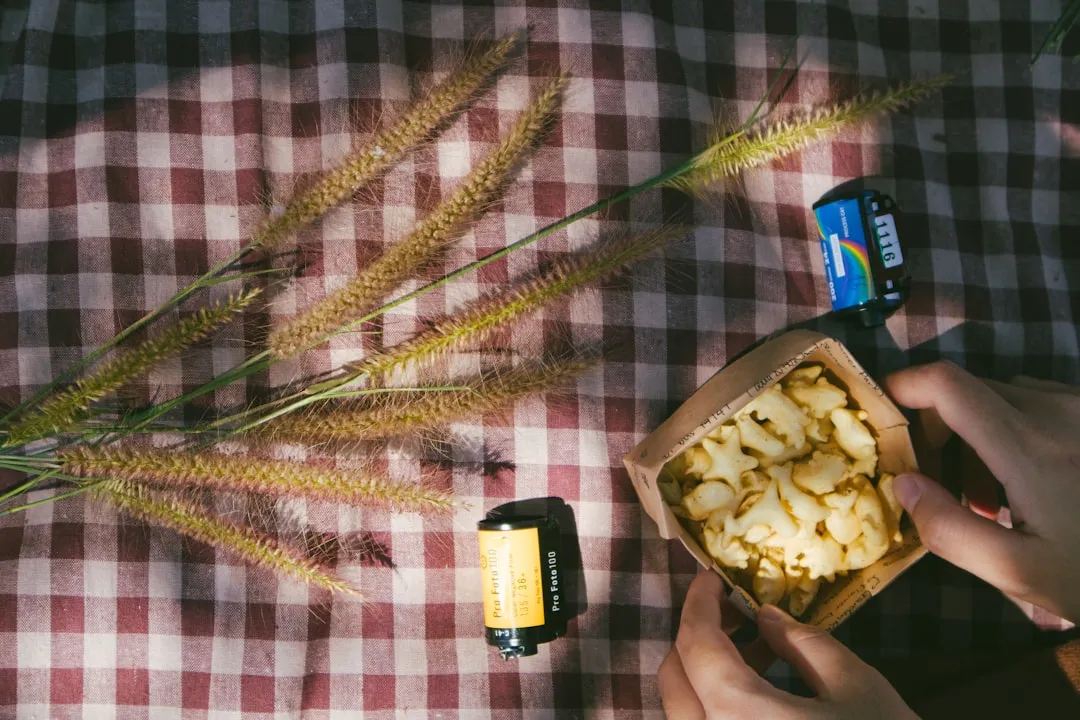
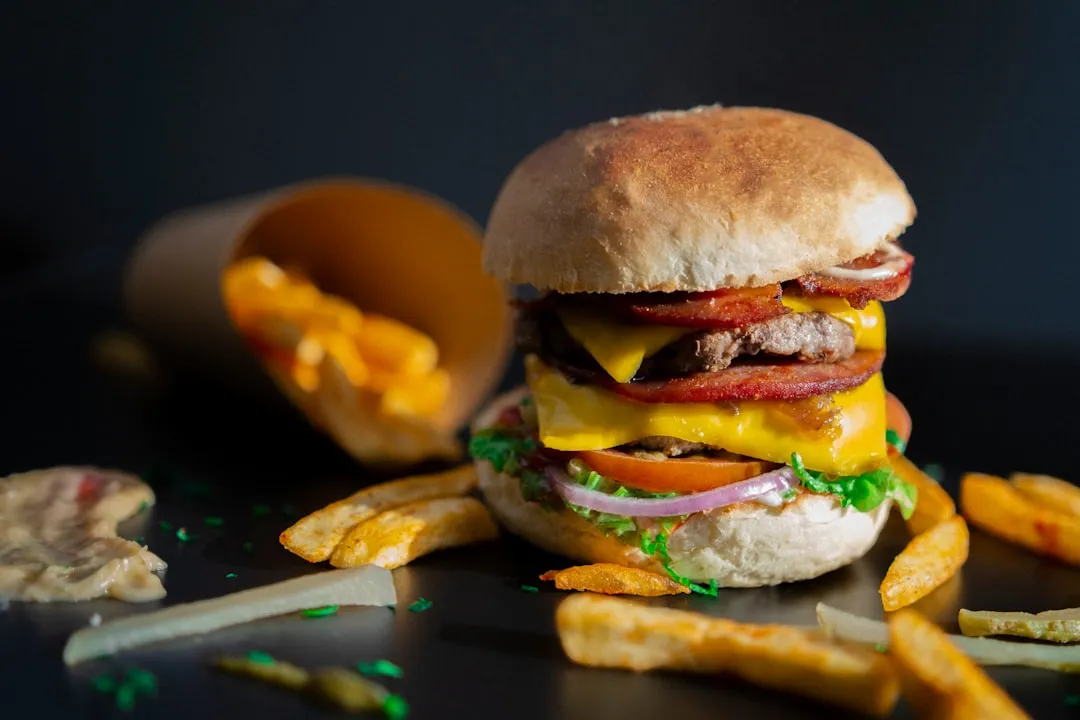

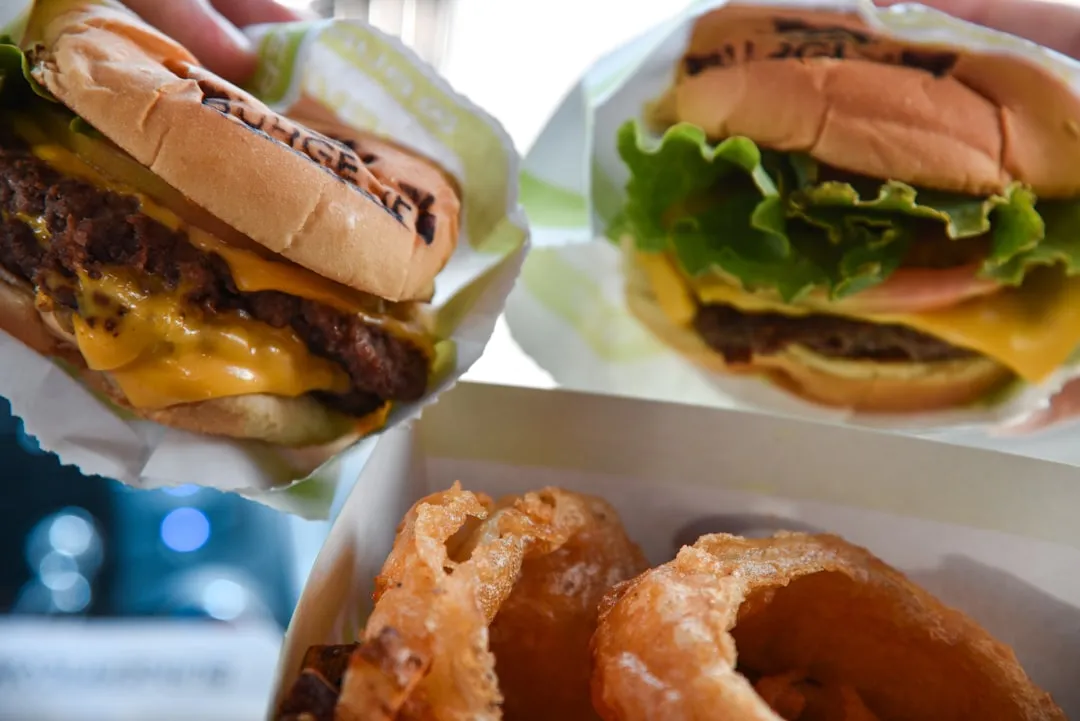

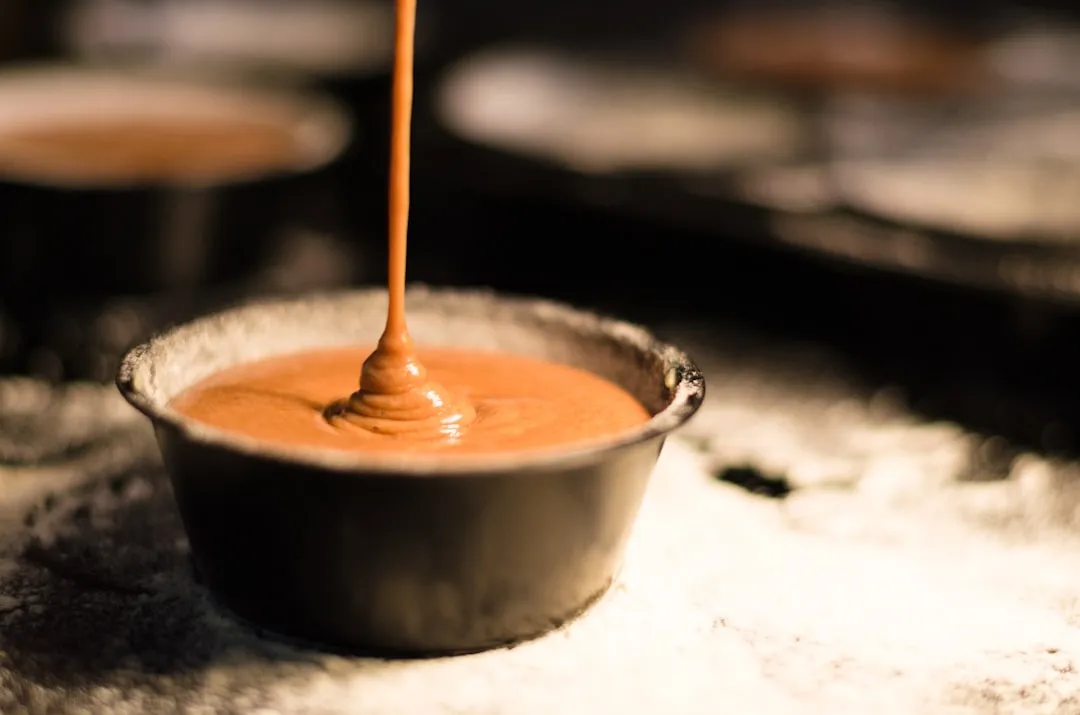

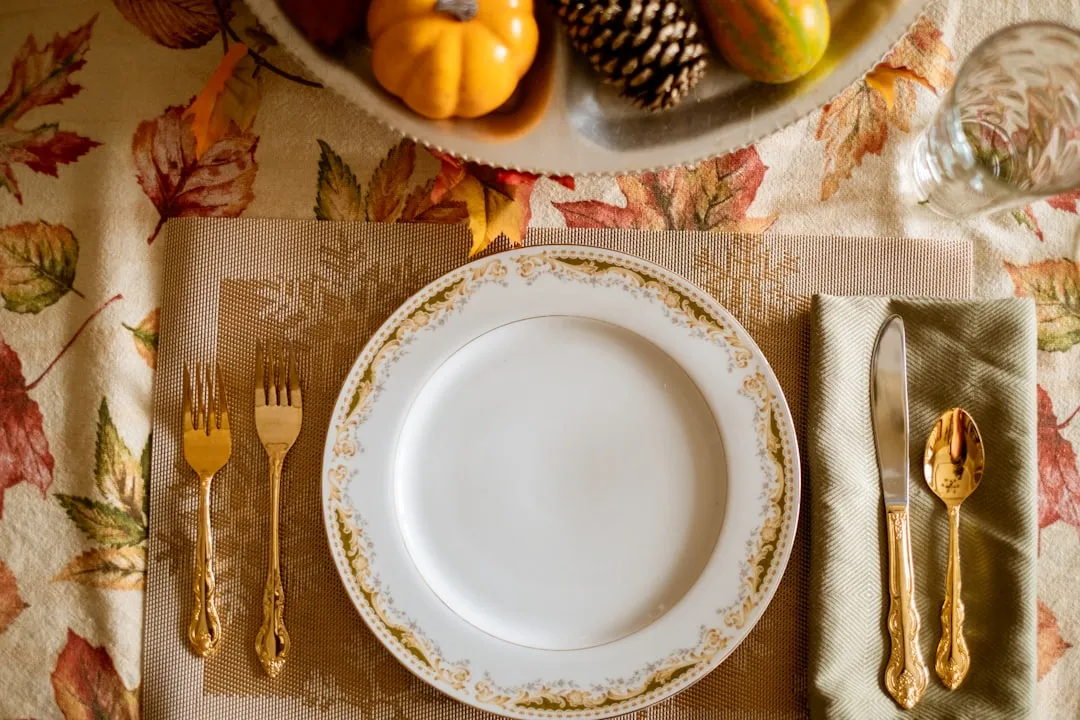
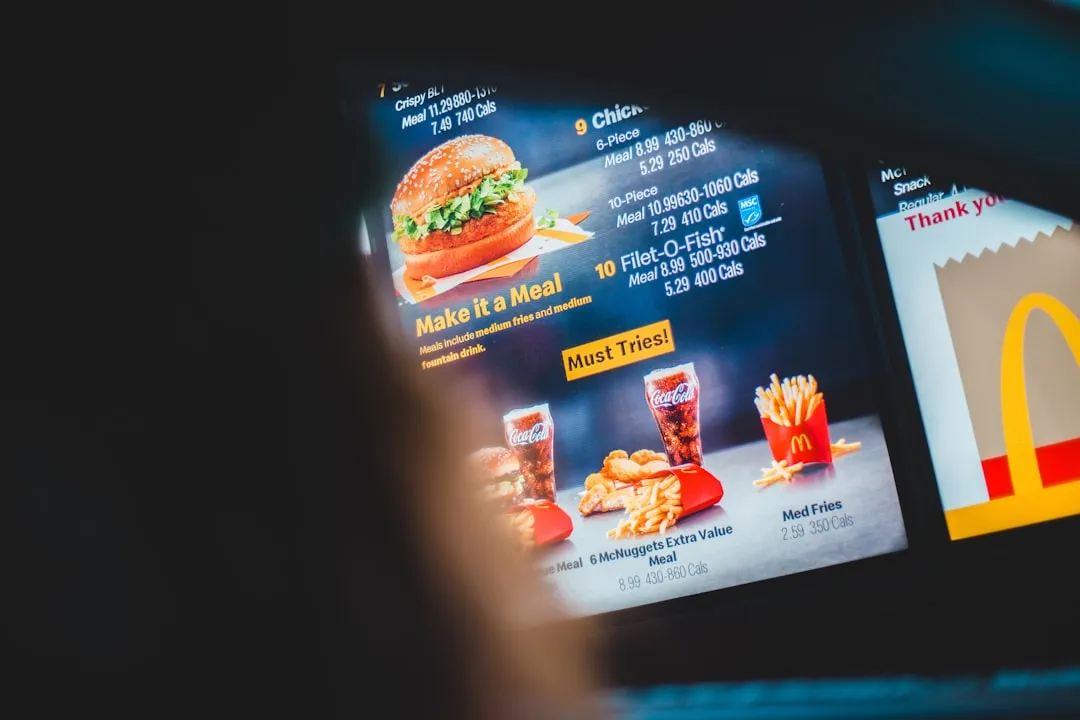

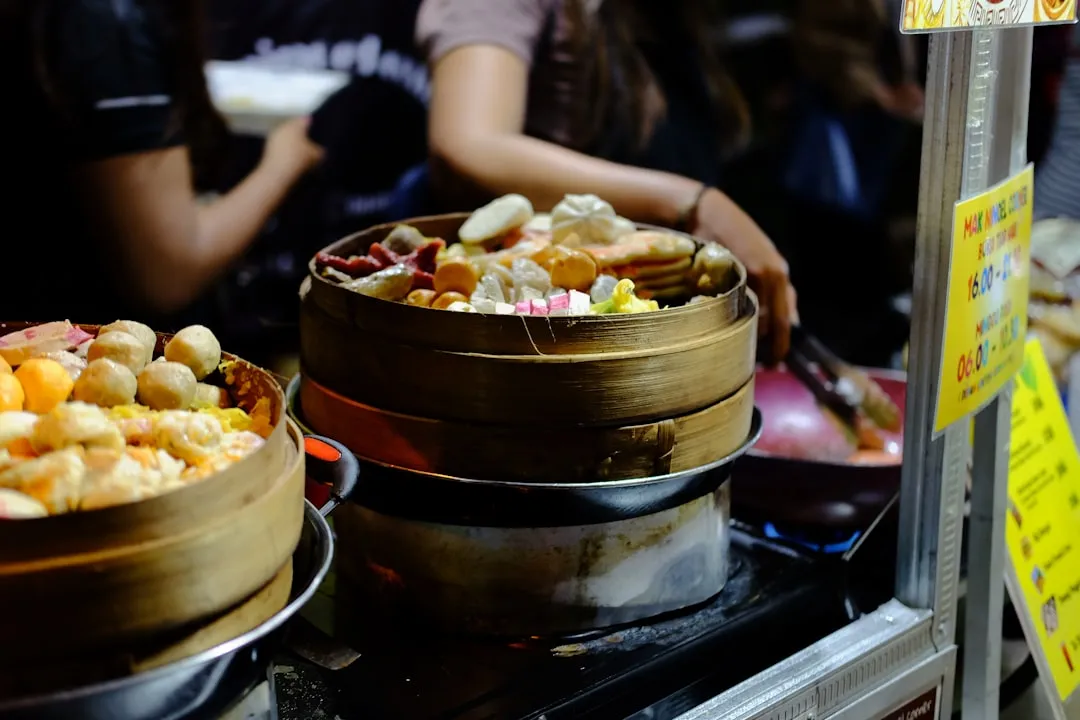


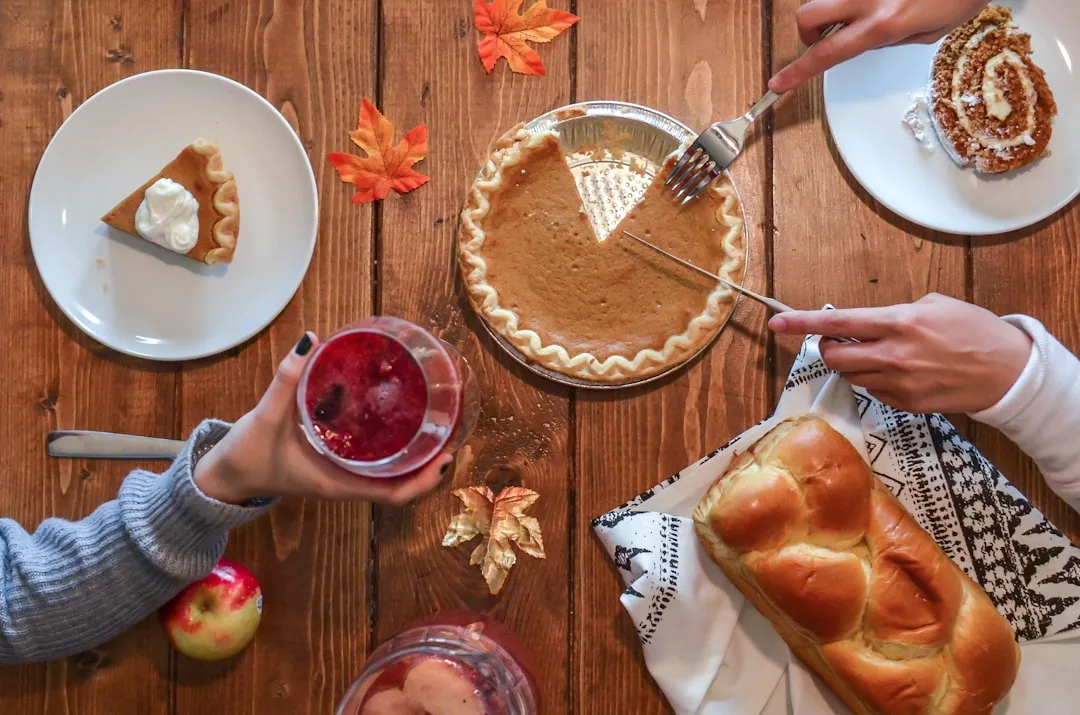
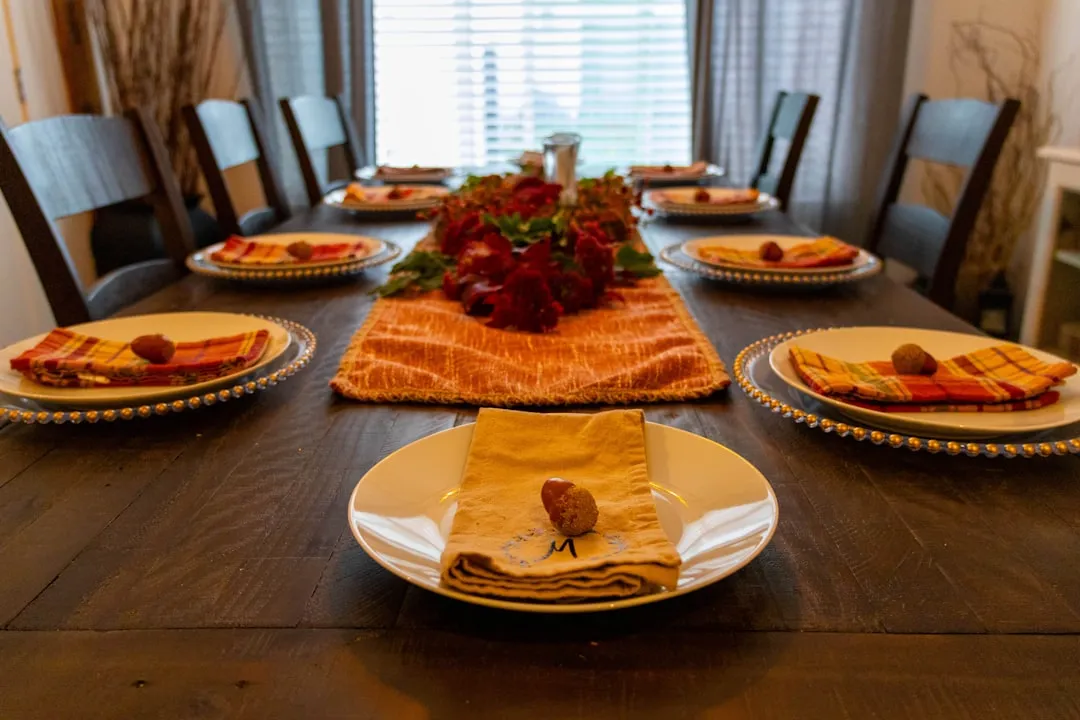

Comments
Be the first, drop a comment!